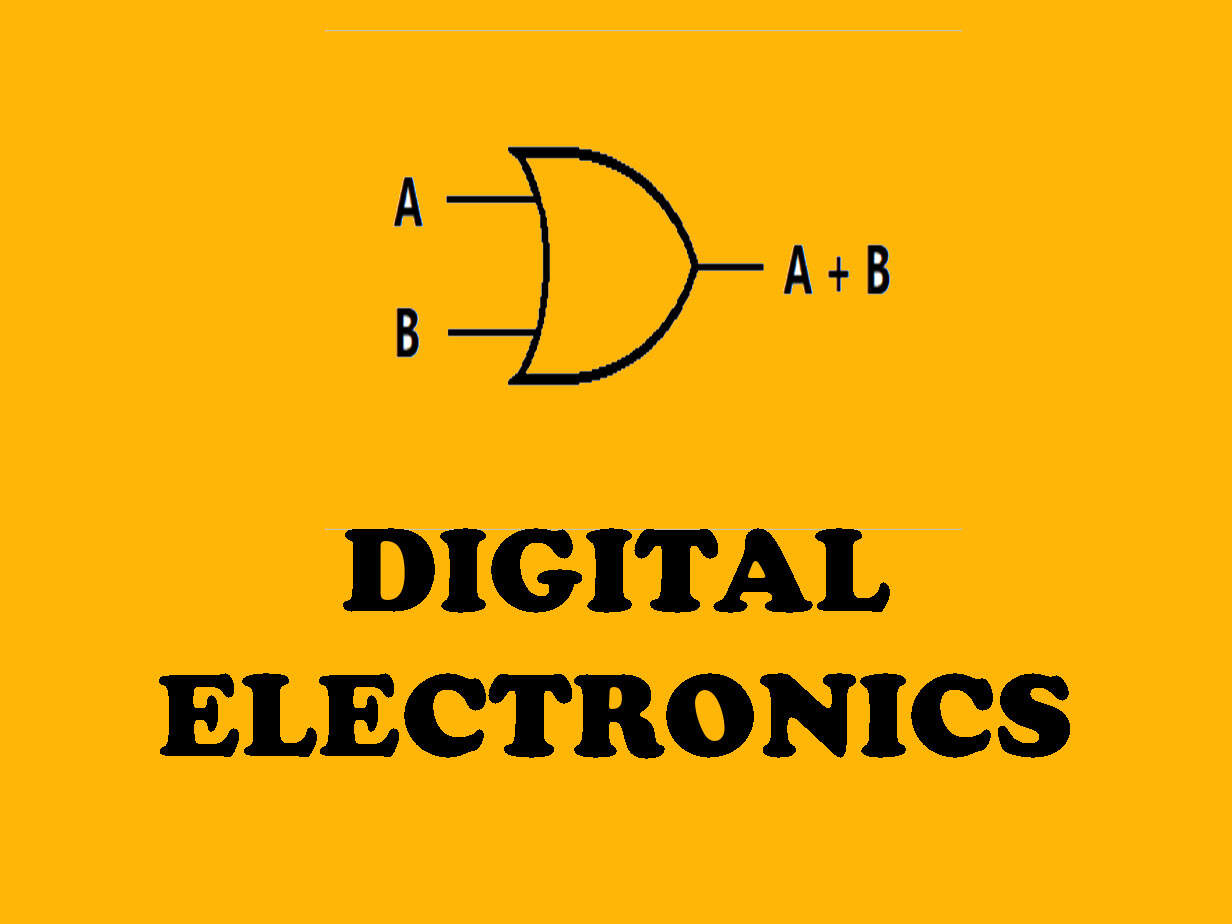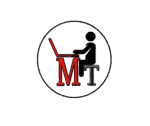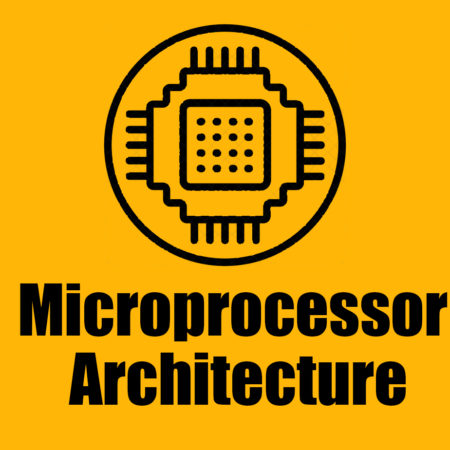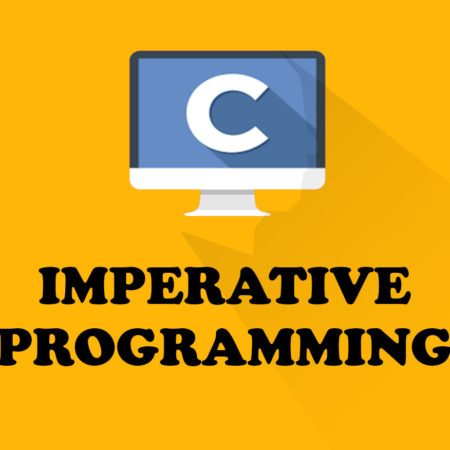Digital Electronics
Free

-
Unit-1
-
Unit-2
-
Unit-3
-
Unit-4
-
Unit-5
Digital Electronics
Digital Electronics is a semester 1 subject of BSc IT offered by Mumbai University. The course Digital Electronics contains the following subtopics.
Number System contains following subtopics such as Analog System, digital system, numbering system, binary number system, octal number system, hexadecimal number system, conversion from one number system to another, floating point numbers, weighted codes binary coded decimal, non-weighted codes Excess – 3 code, Gray code, Alphanumeric codes – ASCII Code, EBCDIC, ISCII Code, Hollerith Code, Morse Code, Teletypewriter (TTY), Error detection and correction, Universal Product Code, Code conversion. Binary Arithmetic: Binary addition, Binary subtraction, Negative number representation, Subtraction using 1’s complement and 2’s complement, Binary multiplication and division, Arithmetic in octal number system, Arithmetic in hexadecimal number system, BCD and Excess – 3 arithmetic.
Boolean Algebra and Logic Gates contains following subtopics such as Introduction, Logic (AND OR NOT), Boolean theorems, Boolean Laws, De Morgan’s Theorem, Perfect Induction, Reduction of Logic expression using Boolean Algebra, Deriving Boolean expression from given circuit, exclusive OR and Exclusive NOR gates, Universal Logic gates, Implementation of other gates using universal gates, Input bubbled logic, Assertion level. Minterm, Maxterm and Karnaugh Maps contains following subtopics such as Introduction, minterms and sum of minterm form, maxterm and Product of maxterm form, Reduction technique using Karnaugh maps – 2/3/4/5/6 variable K-maps, Grouping of variables in K-maps, K-maps for product of sum form, minimize Boolean expression using K-map and obtain K-map from Boolean expression, Quine Mc Cluskey Method.
Combinational Logic Circuits contains following subtopics such as Introduction, Multi-input, multi-output Combinational circuits, Code converters design and implementations Arithmetic Circuits contains following subtopics such as Introduction, Adder, BCD Adder, Excess – 3 Adder, Binary Subtractors, BCD Subtractor, Multiplier, Comparator. Multiplexer, Demultiplexer, ALU, Encoder and Decoder Introduction, Multiplexer, Demultiplexer, Decoder, ALU, Encoders. Sequential Circuits Flip-Flop: Introduction, Terminologies used, S-R flip-flop, D flip-fop, JK flipflop, Race-around condition, Master – slave JK flip-flop, T flip-flop, conversion from one type of flip-flop to another, Application of flip flops.
Counters contains following subtopics such as Introduction, Asynchronous counter, Terms related to counters, IC 7493 (4-bit binary counter), Synchronous counter, Bushing, Type T Design, Type JK Design, Presettable counter, IC 7490, IC 7492, Synchronous counter ICs, Analysis of counter circuits. Shift Register contains following subtopics such as Introduction, parallel and shift registers, serial shifting, serial–in serial– out, serial–in parallel–out , parallel–in parallel–out, Ring counter, Johnson counter, Applications of shift registers, Pseudo-random binary sequence generator, IC7495, Seven Segment displays, analysis of shift counters.
In electronics, a multiplexer (or mux; spelled sometimes as multiplexor), also known as a data selector, is a device that selects between several analog or digital input signals and forwards the selected input to a single output line. The selection is directed a separate set of digital inputs known as select lines. A multiplexer of {\displaystyle 2^{n}}2^{n} inputs has {\displaystyle n}n select lines, which are used to select which input line to send to the output. A multiplexer makes it possible for several input signals to share one device or resource, for example, one analog-to-digital converter or one communications transmission medium, instead of having one device per input signal. Multiplexers can also be used to implement Boolean functions of multiple variables.
A demultiplexer for digital media files, or media demultiplexer, also called a file splitter by laymen or consumer software providers, is software that demultiplexes individual elementary streams of a media file, e.g., audio, video, or subtitles and sends them to their respective decoders for actual decoding. Media demultiplexers are not decoders themselves, but are format container handlers that separate media streams from a (container) file and supply them to their respective audio, video, or subtitles decoders. In digital logic and computing, a counter is a device which stores (and sometimes displays) the number of times a particular event or process has occurred, often in relationship to a clock. The most common type is a sequential digital logic circuit with an input line called the clock and multiple output lines. The values on the output lines represent a number in the binary or BCD number system. Each pulse applied to the clock input increments or decrements the number in the counter. A counter circuit is usually constructed of a number of flip-flops connected in cascade. Counters are a very widely used component in digital circuits, and are manufactured as separate integrated circuits and also incorporated as parts of larger integrated circuits.
Prepare For Your Placements: https://lastmomenttuitions.com/courses/placement-preparation/
![]()
/ Youtube Channel: https://www.youtube.com/channel/UCGFNZxMqKLsqWERX_N2f08Q
Follow For Latest Updates, Study Tips & More Content!
Course Features
- Lectures 29
- Quizzes 0
- Duration 50 hours
- Skill level All levels
- Language English
- Students 269
- Certificate No
- Assessments Yes



